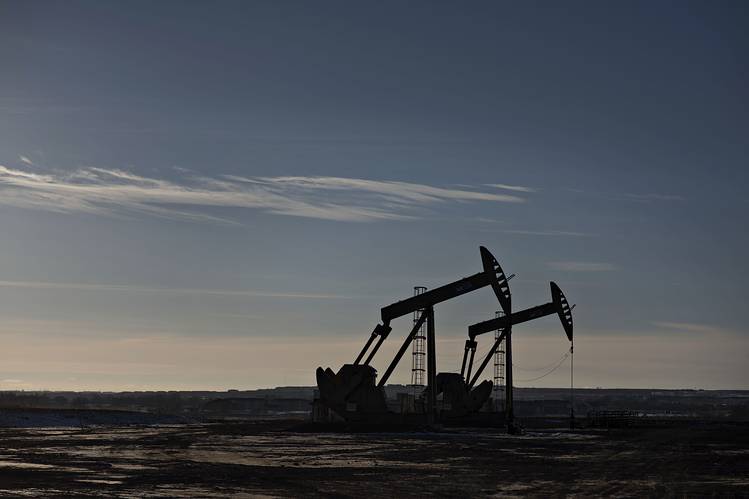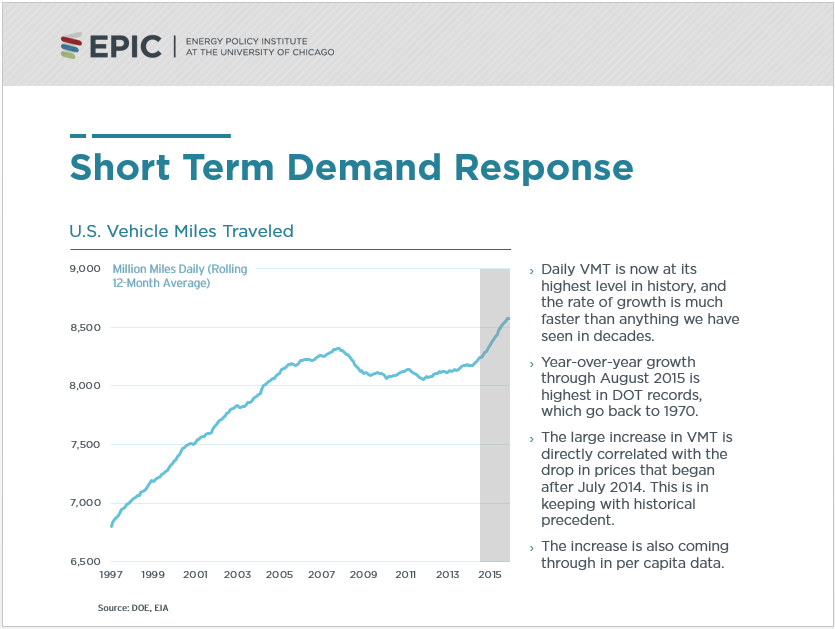(Platts) Platts Energy Economist Managing Editor Ross McCracken takes a look at OPEC’s spare crude production capacity. Much has been made recently of the US’ new spare capacity, but OPEC’s role has also shifted, as he explains.
OPEC’s spare production capacity is estimated by the US Energy Information Administration at 1.54 million b/d, a mere 180,000 b/d above the level reached in 2008 when oil prices hit their record high. But don’t panic! Oil inventories are at very high levels. The International Energy Agency puts global oil stocks at 147 million barrels, which it notes could notionally deliver 1.6 million b/d for just over 90 days in the event of a major supply disruption.




